13 Vintage Camping Items That Were an Essential Part Of Wilderness Adventures
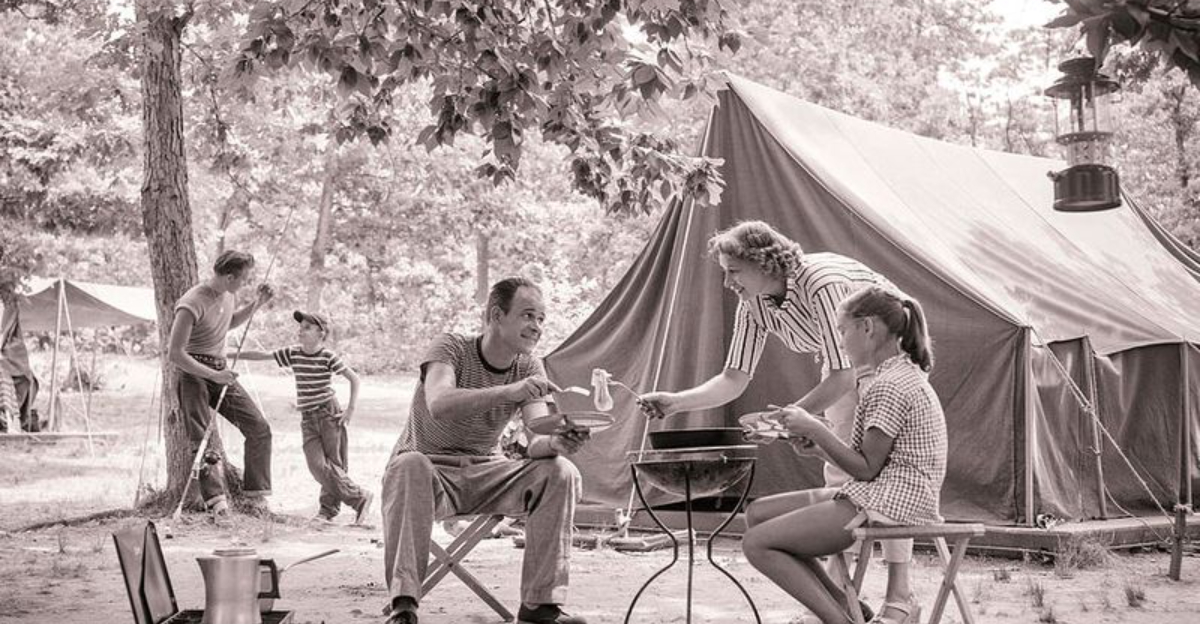
Remember when the outdoors meant true escape from modern life? Before lightweight equipment and digital aids, backcountry journeys depended on robust, often hefty tools built to endure nature’s challenges.
These retro treasures, far from mere utilities, became emblems of exploration, handed down across generations with tales of rugged escapades.
Let’s rediscover the enduring gear that defined our connection to the great outdoors.
1. The Trusty Coleman Lantern
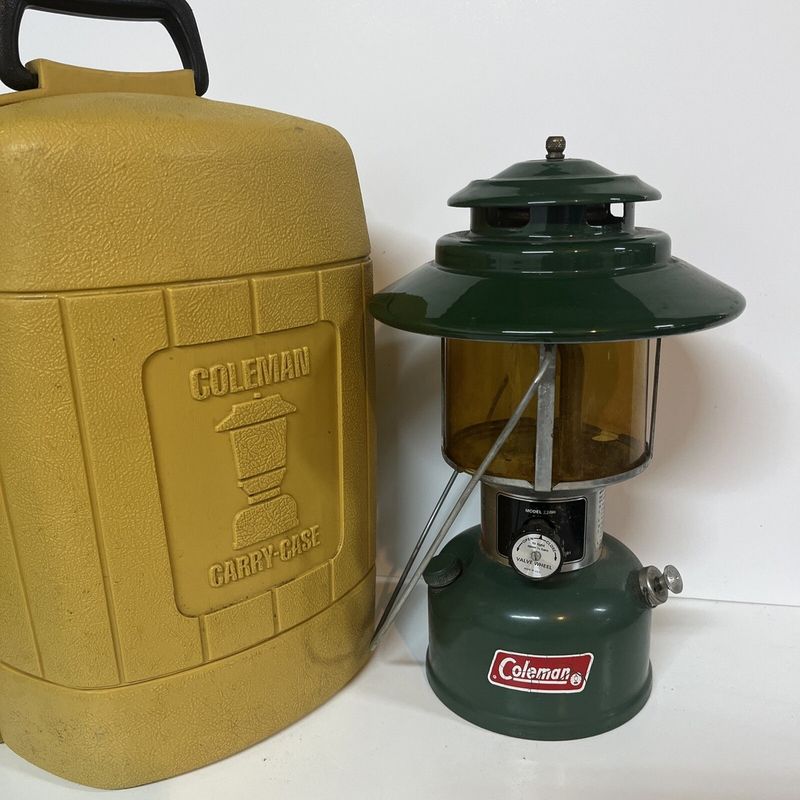
A hallmark of timeless outings, the Coleman gas lantern’s soft hiss and radiant light illuminated countless nights. My grandfather’s 1960s brass-and-green model still shines at family retreats, evoking midnight fishing and campfire tales.
Fueled by white gas or kerosene, these pressure lanterns cast a distinctive 360-degree glow, unmatched by LEDs, with adventurers mastering their finicky lighting process as a cherished outdoor practice.
2. Canvas Wall Tents
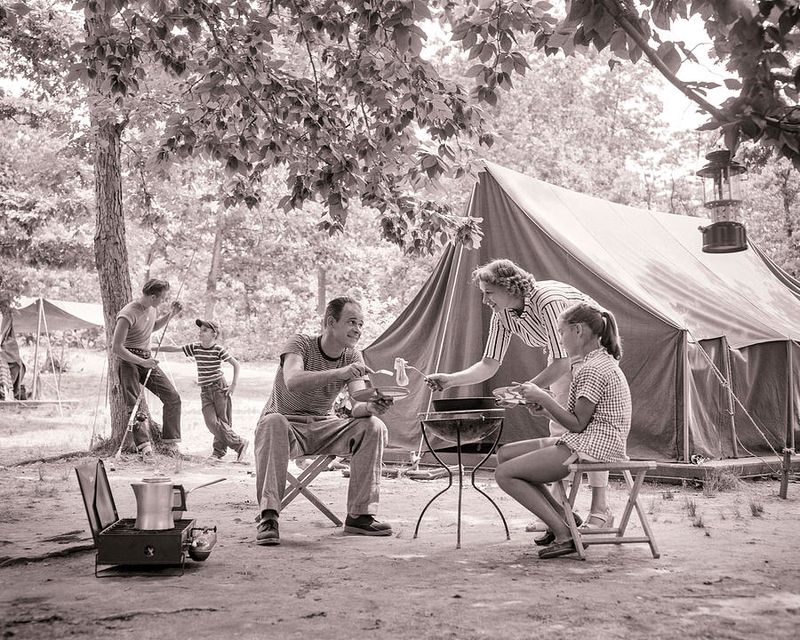
Built like fortresses against the elements, canvas wall tents stood tall when dome tents were still a futuristic dream. The distinctive smell of waterproofed canvas still triggers camping memories for those who grew up with these heavy-duty shelters.
Weighing upwards of 50 pounds, these behemoths required serious muscle to transport but rewarded campers with spacious interiors tall enough to stand in. The cotton canvas breathed naturally, preventing condensation while keeping rain at bay after proper seasoning.
Many old-timers swear no modern tent compares to their durability.
3. Cast Iron Cookware
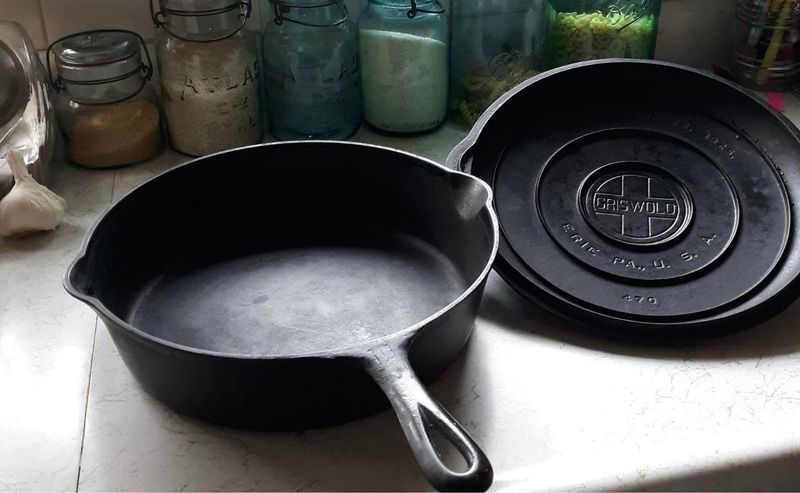
Seasoned by years of fireside feasts, my grandfather’s cast iron skillet, a near heirloom, carries the essence of countless meals. Lodge and Griswold pans, with their unmatched heat retention, became backcountry legends, hauled miles for their flavorful rewards.
Cleaning and oiling these hefty vessels was as integral to outings as pitching tents, their blackened surfaces recalling flapjacks and stews.
4. Swiss Army Knives
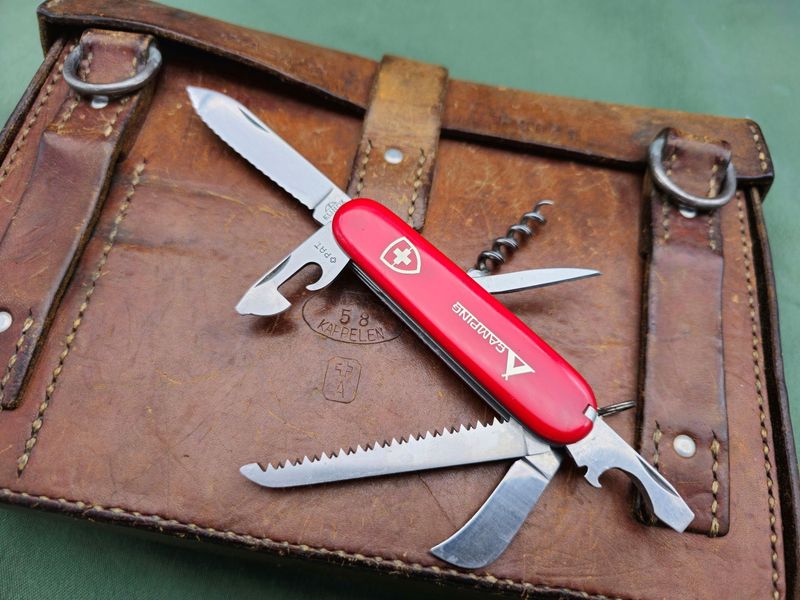
Before multi-tools were commonplace, the red-handled Swiss Army knife was the adventurer’s compact ally, its crisp tool clicks linking generations.
Victorinox and Wenger knives, prized for tools like fish scalers, sparked pride around fires, teaching resourcefulness in remote settings.
Many still cherish their first knife, a symbol of outdoor ingenuity received as a milestone.
5. Wool Plaid Clothing
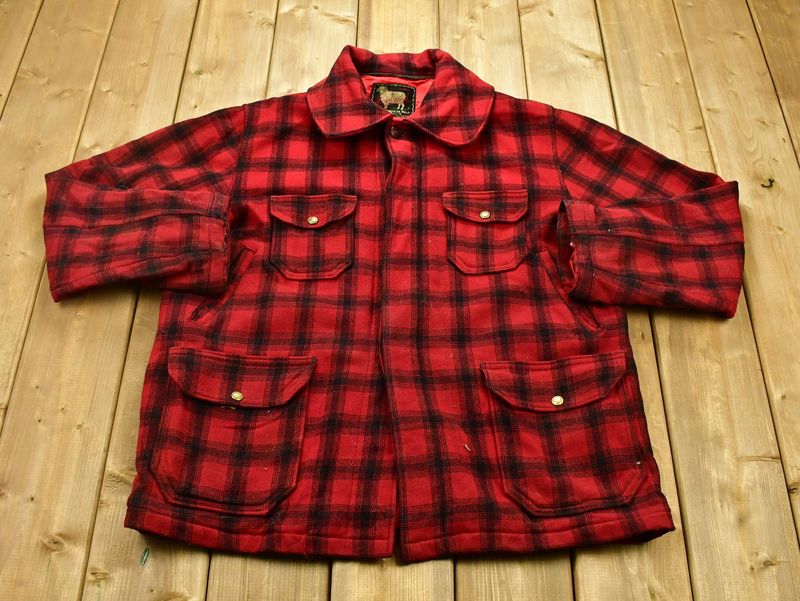
Before performance fabrics dominated outdoor gear, wool plaid shirts and jackets defined the quintessential camper’s wardrobe.
Pendleton, Woolrich, and Hudson Bay blanket coats weren’t fashion statements—they were survival gear that performed when wet and blocked wind better than anything else available.
The scratchy embrace of a wool shirt meant adventure was happening! These natural fiber garments developed personalities as they aged, with elbow patches and mended tears marking years of wilderness journeys.
6. Military Surplus Canteens
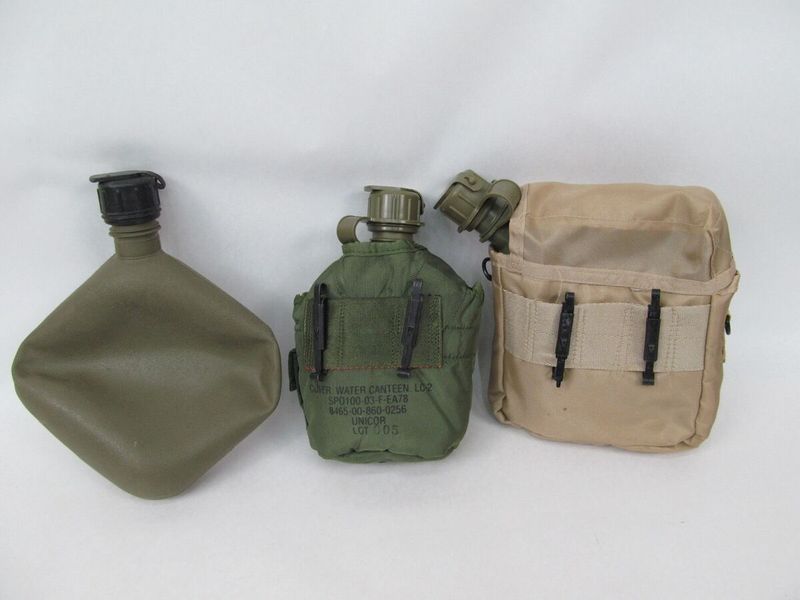
The distinctive sloshing sound of an army canteen bouncing against your hip announced you were prepared for wilderness thirst. Post-WWII surplus stores supplied generations of campers with these olive drab essentials, complete with felt-covered metal containers and canvas carrying straps.
Unlike today’s fancy hydration systems, these bulletproof water carriers survived decades of being dropped, frozen, and heated over fires. The ritual of purifying stream water with iodine tablets, then waiting impatiently as they dissolved, remains a core memory for many veteran campers.
7. Wooden-Handled Axes and Hatchets
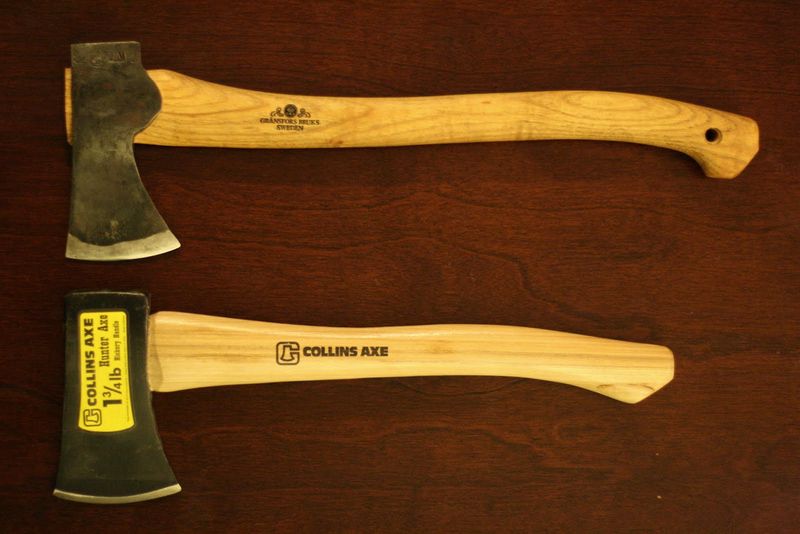
When I discovered my grandfather’s 1930s Collins axe in the garage, its hickory handle worn smooth by decades of use, I realized I was holding more than a tool—I was holding camping history.
These wood-handled workhorses were essential companions when gathering firewood meant actually chopping trees.
The satisfying thunk of splitting wood remains one of camping’s most primal sounds. Campers developed personal relationships with their axes, learning their balance points and maintaining razor-sharp edges through careful filing.
8. Vintage Backpacks with External Frames
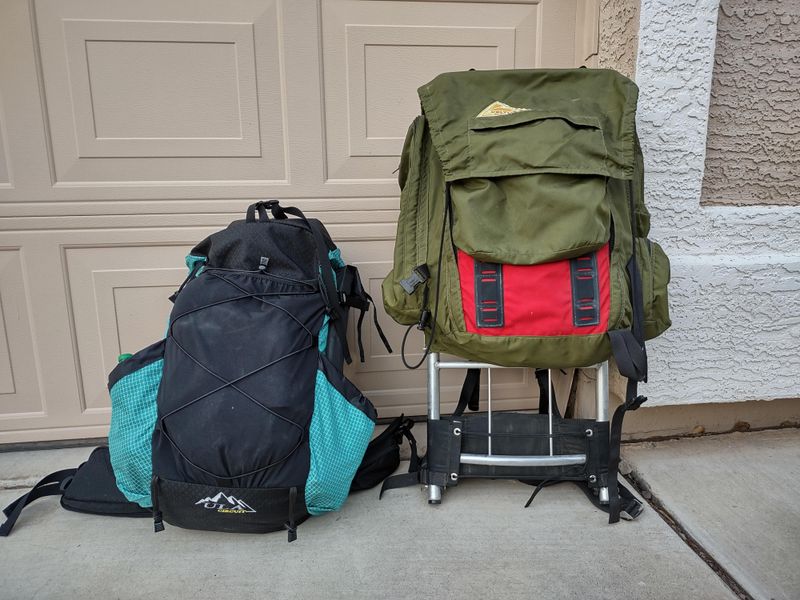
Squeaking aluminum frames and nylon straps announced serious backpackers in the wilderness long before internal-frame packs existed. Kelty, JanSport and REI pioneered these angular carrying systems that looked like medieval torture devices but revolutionized how we carried gear into the backcountry.
The external frame’s primary advantage? Keeping sweaty backs ventilated on long summer hikes. These packs featured endless lashing points for sleeping bags, cooking pots, and other gear that dangled precariously as you walked.
Despite their gangly appearance, these packs distributed weight remarkably well, allowing campers to carry heavier loads than many modern ultralight designs permit.
9. Sleeping Bags with Flannel Linings
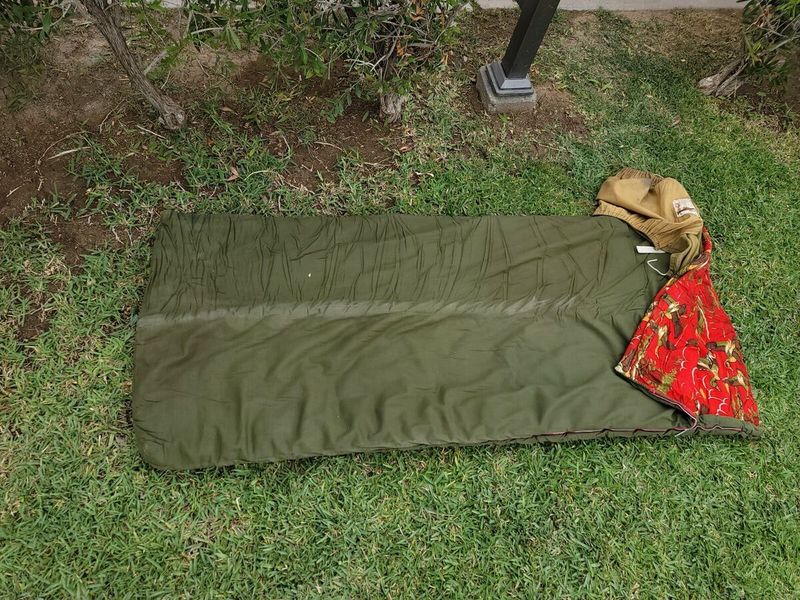
Nestled in flannel-lined sleeping bags, adventurers found cozy refuge under starry skies. Woods and Coleman’s rectangular, cotton-filled bags, with plaid interiors, mimicked home bedding in the forest.
Their smoky, pine-scented fabric triggered instant relaxation, and paired bags fostered family warmth, unlike snug modern designs.
10. Enamelware Coffee Pots and Cups
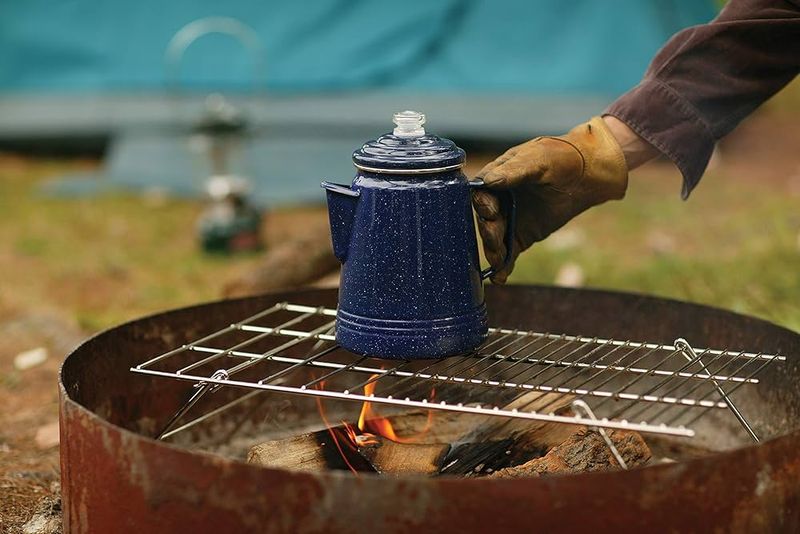
Blue-speckled enamel coffee pots percolating over morning campfires created the soundtrack and aroma of wilderness dawns for generations. The distinctive bubbling sound signaled the day’s adventures were about to begin, drawing sleepy campers from their tents like a siren call.
These virtually indestructible vessels survived countless drops and flame scorchings, developing character marks that told stories of wilderness journeys.
The matching cups, often bearing scorch marks from being placed too close to flames, became personal treasures that campers could identify blindfolded.
11. Portable Camp Stoves

The Coleman two-burner camp stove remains perhaps the most iconic piece of camping equipment ever created. That distinctive green metal box fueled countless family camping trips, its clattering lid and pump-action pressure system immediately recognizable to outdoor enthusiasts everywhere.
Learning to properly light these temperamental cookers became a camping rite of passage. The ritual involved pumping air pressure, preheating the generator with burning alcohol, and that satisfying whoosh when flames finally spread across the burner.
12. Analog Compasses and Paper Maps
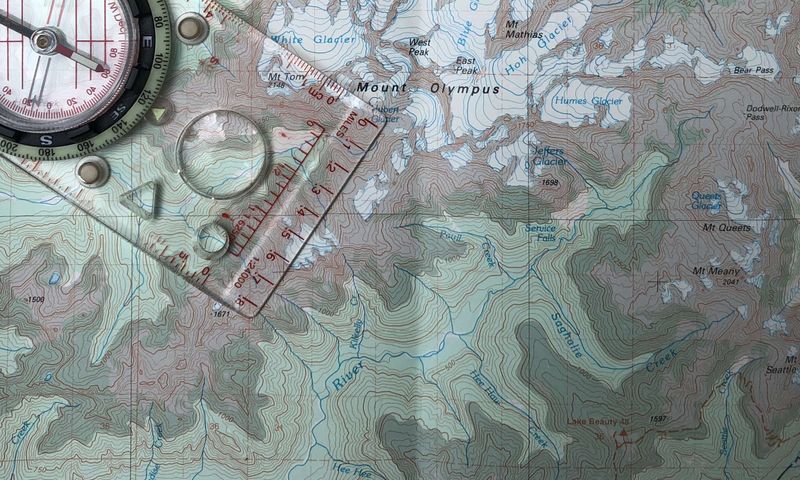
Before GPS, compasses and topographic maps guided explorers, blending thrill with occasional uncertainty. Silva and Brunton compasses, paired with creased maps, honed navigation skills through contour lines and landmark triangulation.
These weathered tools chronicled favorite trails and new conquests, preserving a tactile record of exploration.
13. Leather Hiking Boots
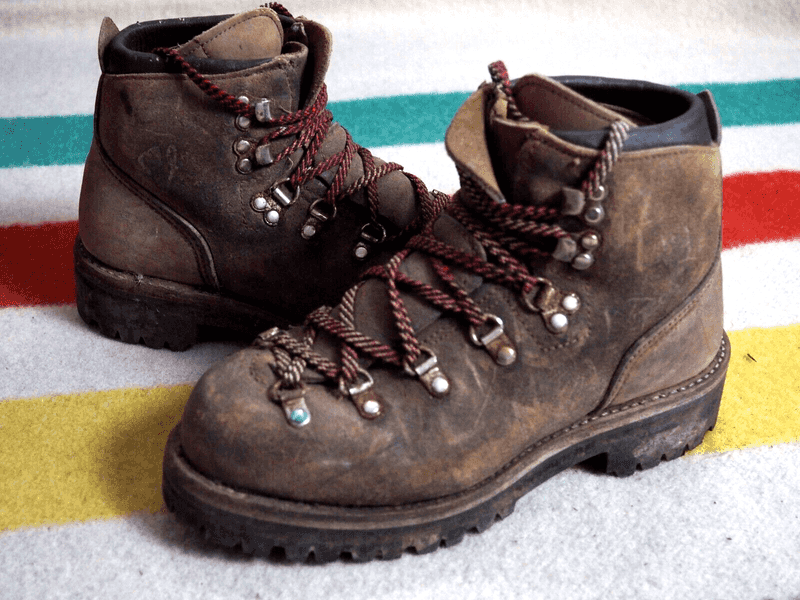
Heavy as anchors, leather hiking boots demanded weeks of painful break-in for a tailored fit. Vasque and Danner’s rugged designs, with Vibram soles, lasted decades when treated with Sno-Seal.
Their rich, oiled scent heralded treks, their patinas tracing mountain paths, far outlasting today’s featherweight trail shoes.
